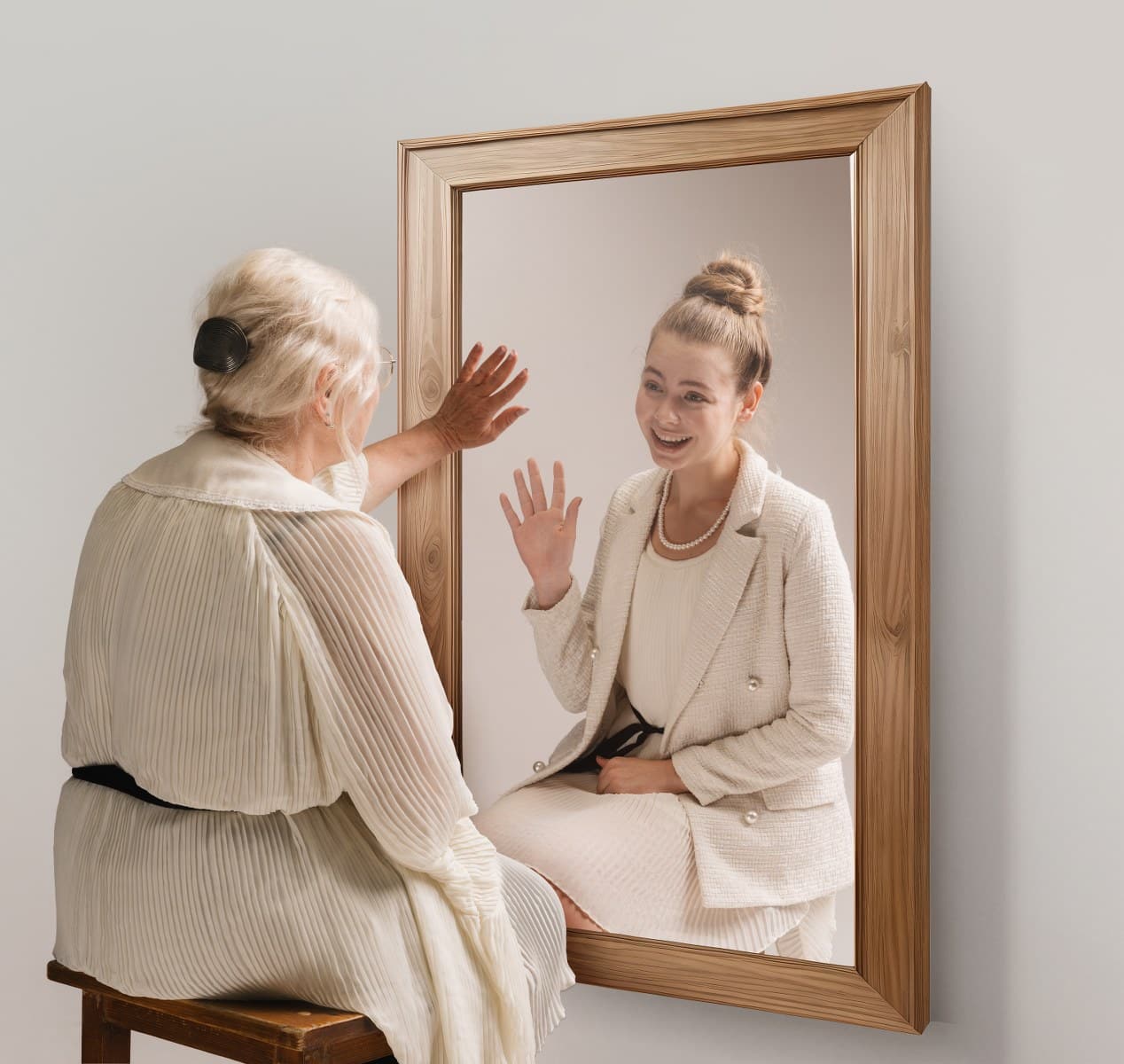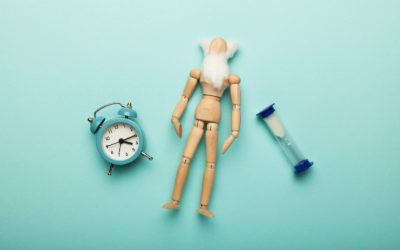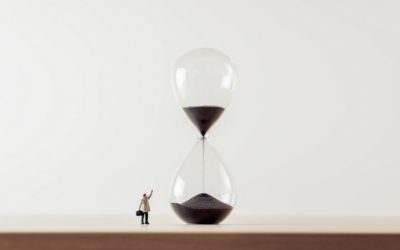
Note: for people interested in the causes of aging (like epigenetic changes and protein accumulation), I refer to this page.
So why do we age? The main reason we age is that our ancestors in prehistoric times usually died long before they had a chance to grow old.
This becomes more clear through an example. Let’s take a mouse. In optimal circumstances, such as in captivity, a mouse has an average life span of two years.
Imagine now that this mouse is born with a mutation (a change in its DNA) that allows it to grow twenty years old, instead of two.
However, in nature this mutation would have no benefit because the mouse would have been killed by predators or died as a result of famine or cold long before it could grow that old.
More than 90 percent of mice in the wild die before they are one year old. In fact, most animals die precisely when they are fittest and healthiest. Only if you keep them in captivity, or if they are extremely lucky, will they ever have time to grow old.
Most mice in the wild are eaten or perish before their life span of two years is over. They die from external causes, such as disease, deprivation, or predators, not due to internal causes, such as aging.
Since they die so early from external causes, it is not useful for them to be able to live much longer than two years, let alone to live for twenty years. That is why nature has made mice to live, on average, for no longer than two years.
Now we come at an important point: The average lifespan of an animal species, or the rate at which it ages, is determined by the average time that this animal species can survive in the wild.
If an animal species, such as a mouse, frequently dies of external causes, it will also age faster and have a shorter life span.
If an animal species can survive longer in the wild, it will age at a slower rate and have a longer life span, as is the case with turtles.
This explains why a bat can live to be 30 years old. In contrast to mice, bats can fly, which is why they can evade danger much faster. Unlike mice, they do not have to live on the ground, where they can fall prey to cats and mouse traps. Thanks to their wings, bats can also cover longer distances and are better able to find food.
Every mutation in the past that made it possible for a bat to live longer was useful because bats are much better able than mice to flee from danger, find food, and survive.
Of course, you could ask whether a mutation that makes a mouse live for twenty years is really of no use. After all, suppose that a mouse is lucky enough to stay out of the claws of cats, church owls, diseases, and accidents for twenty years.
In this case, the lucky mouse has been able to reproduce much longer and more prolifically, so that it has more offspring that inherit this mutation, enabling them all to live longer.
That could indeed be true if the mutation had no disadvantages but only advantages, such as the longer life span. But in nature, there is always a tradeoff.
A mutation that gives the mouse a longer life span also consumes more energy. In all likelihood, the mouse has to spend more energy on the maintenance of its body, to be able to age at a slower rate.
But why would the mouse do that if it has a 90 percent chance to perish in the first year? This energy is better spent on finding a mate and reproducing as quickly as possible, rather than spending this energy on bodily maintenance for the infinitesimally small chance of living to be twenty years old.
Of mice and people
What is true for mice is also true for people.
Our life span, too, is determined by the length of time that our ancestors could overcome dangers and survive in the wild.
In prehistoric times, humans often perished by around age 30 from disease, hunger, accidents, or violence.
A mutation that allowed them to age at a slower rate and live longer (to 200 years, for example) was not useful because before their third decade, they usually had been eaten by a sabre toothed tiger or died from blood poisoning caused by a tooth abscess.
That explains why we look healthy and fit up to age 30, and then we begin to see the first clear signs of aging: The first grey hairs appear, as well as crow’s feet around the eyes, and kidney function and muscle strength diminish.
Nature expects that by then we have been eaten or killed in an accident. The human body is strong, however, so it can last for at least another 50 years before it has declined to such an extent that death follows.
Compare it to a good watch that is no longer maintained: It takes many more years before it finally stops working.
We can look at aging as a kind of neglect by Mother Nature. Since in ancient times people usually died before age 30 from external causes, such as disease, hunger, or accidents, there was no reason to enable humans to live for hundreds of years or to be immortal.
We are aging today because in prehistoric times, staying young for a long time was a waste of biological effort.
Learn more about some common misconceptions about aging here.




